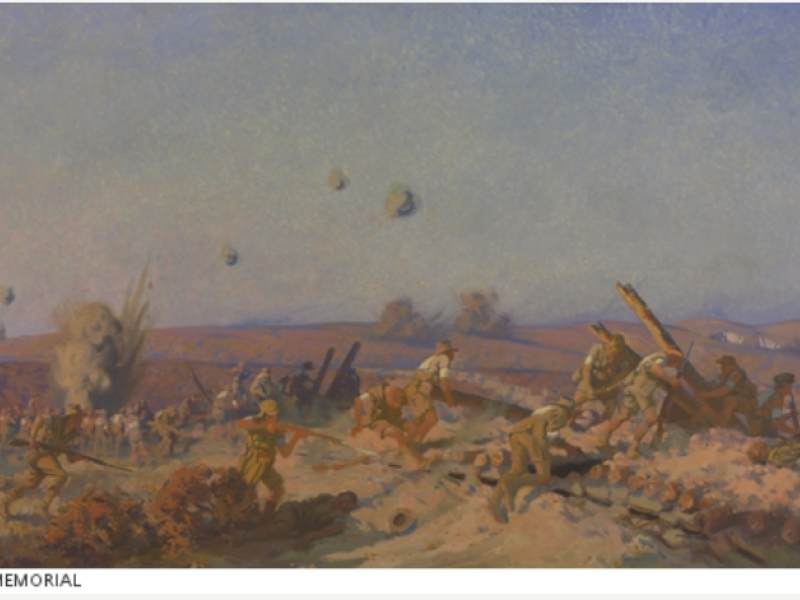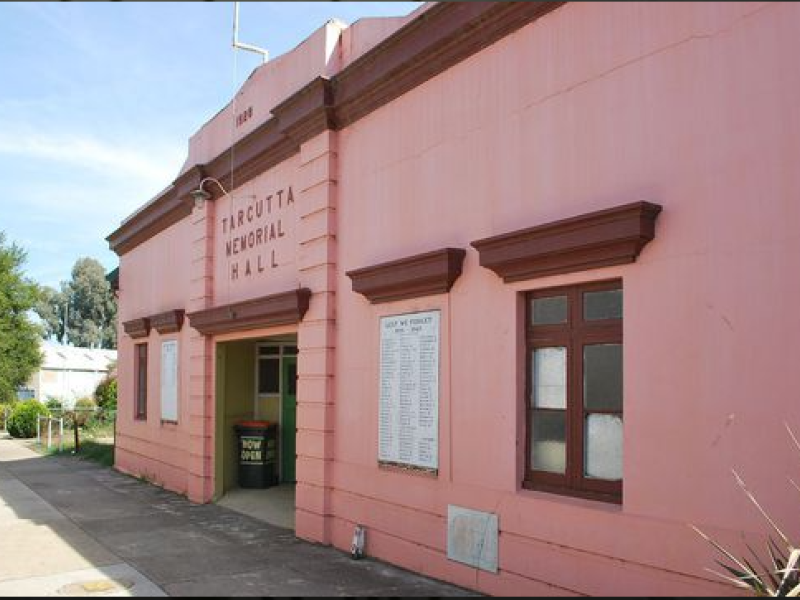Private Allan St Clair Galvin, 3rd Australian Infantry Battalion, AIF
Allan Galvin was born in Tarcutta, New South Wales, in April 1895, the eldest son of Thomas and Adelaide Galvin.
Galvin attended a local primary school and then Wagga Wagga secondary school, where he joined the army cadets. He was one of three cadets selected to represent NSW in England at the King George the Fifth coronation in 1911. Galvin later became a school teacher in Tarcutta.
In August 1914, Galvin was among the first to enlist in the Australian Imperial Force. He joined the 3rd Australian Infantry Battalion and in October 1914, embarked for Egypt on the Euripides, part of the first convoy carrying Australian troops for service.
The 3rd Battalion disembarked and trained at the camps in the desert. In the new year, British commanders decided to invade the Gallipoli peninsula; the Royal Navy having failed to capture the Dardanelles Strait.
The 3rd Battalion left Egypt in early April 1915, first sailing to the Greek island of Lemnos.
At 5:30am on 25 April, Galvin’s unit landed on Gallipoli. Ashore by 8:30, the 3rd Battalion captured a ridge and spent the rest of the day digging in under intense enemy fire. By the end of that day, one man in ten of the battalion had been wounded or killed.
Galvin remained with the battalion during heavy fighting. After a major Turkish counter-attack in late May 1915, he wrote to his mother: “After four weeks’ fighting, I am still hale and hearty”.
In early August, the 3rd Battalion took part in the ill-fated “Lone Pine” attack on a series of Turkish trenches.
They managed to capture most of their objectives but at a high cost. The 3rd Battalion’s war diary records the confusion of the attack, stating, “Our casualties are unknown but very heavy”.
During the fighting, Galvin went missing. Some comrades recalled seeing him hit by machine-gun fire and killed. Others remembered seeing him wounded and carried back to the Australian lines on a stretcher.
An official court of enquiry held in June 1916, nearly a year after Galvin went missing, concluded that he had been killed in action between 6 and 12 August 1915 at Lone Pine. He was 20 years old.
Galvin’s remains were never recovered. Today he is commemorated on the Lone Pine Memorial on the Gallipoli Peninsula, alongside more than 4,900 Australian and New Zealand troops who died in the area and have no known grave.
Galvin’s mother, Adelaide, and his fiancée Aileen Ramsay, wrote regularly to army records trying to find him. They feared the worst because he had not written home in a long time. It was only in October 1916 that they heard the results of the court of enquiry and learned that he had died more than a year earlier.
Allan Galvin was survived in Australia by his parents and his two younger brothers, George and Frederick.
Thomas Rogers, Historian, Military History Section
Image: The battlefield at Gallipoli during the Battle for Lone Pine, August 1915. Artist: Fred Leist, 1921

 Australian War Memorial
Australian War Memorial